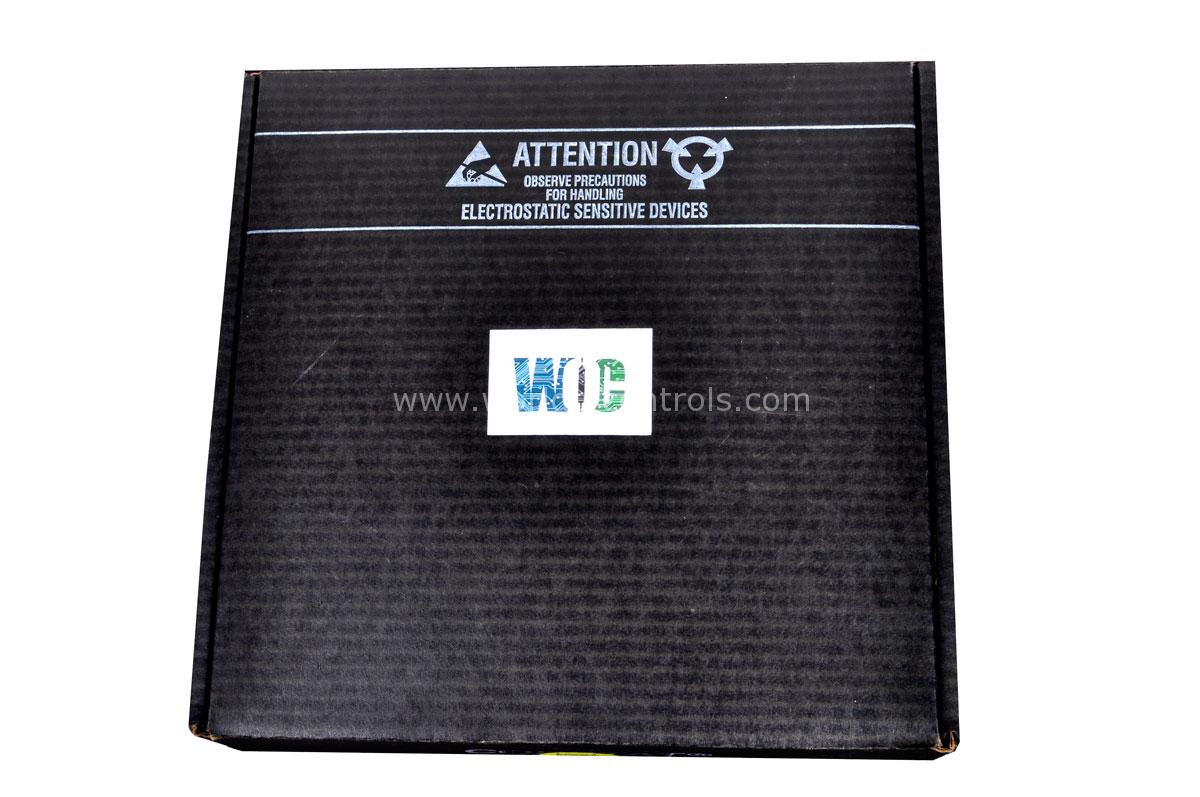
World Of Controls understands the criticality of your requirement and works towards reducing the lead time as much as possible.
5462-758 - Discrete Output Module is available in stock which ships the same day.
5462-758 - Discrete Output Module comes in UNUSED as well as REBUILT condition.
To avail our best deals for 5462-758 - Discrete Output Module, contact us and we will get back to you within 24 hours.
Part Number: 5462-758
Manufacturer: Woodward
Product type: Discrete Output Module
Number of channels: 28
Update time: 5 ms
Repair: 3-7 Day
Availability: In Stock
Country of Manufacture: United States (USA)
5462-758 is a Discrete Output Module developed by Woodward. The MicroNet control system is equipped deliver discrete outputs to the prime mover through its field wiring infrastructure. This discrete output functionality, facilitated by the Discrete Output modules, represents a significant aspect of the system's capabilities, enhancing its overall control and automation prowess. Each Discrete Output module boasts the capacity to independently manage a substantial number of outputs specifically, up to 28 outputs. These outputs are meticulously coordinated in response to commands originating from the central CPU module, which serves as the command center of the MicroNet control system. This orchestration of commands and responses creates a harmonious flow of control, allowing the system to regulate a diverse range of operations seamlessly.
World of Controls has the most comprehensive selection of GE and Woodward components. Our professionals are available to help you with your requirements at any time. If you require any additional information, please contact WOC immediately.
What is 5462-758?
It is Discrete Output Module developed by Woodward.
Why is surge protection important for interposing relays?
Surge protection prevents voltage spikes during switching-off, which can damage the relay, other connected components, or even the entire circuit. It ensures the safety and longevity of the equipment.
What could happen if interposing relays are not used properly?
Without proper use of interposing relays, equipment damage or malfunctions can occur due to mismatched power requirements or voltage spikes. The system's reliability might be compromised.
Is the readback buffer monitoring the relay itself?
No, the readback buffer monitors the status of the output driver, not the relay. It assesses the functionality of the component responsible for driving the relay.
What triggers the relay module power to be turned off?
The relay module's power can be turned off in two scenarios: when communication with the CPU is lost or when a fault is detected. These measures are taken to ensure system safety and prevent potential issues from escalating.
Why does the relay power turn off if communications are lost?
Turning off the relay module power in the event of lost communication prevents the system from operating blindly without control. It's a safety measure to prevent unintended relay actions.